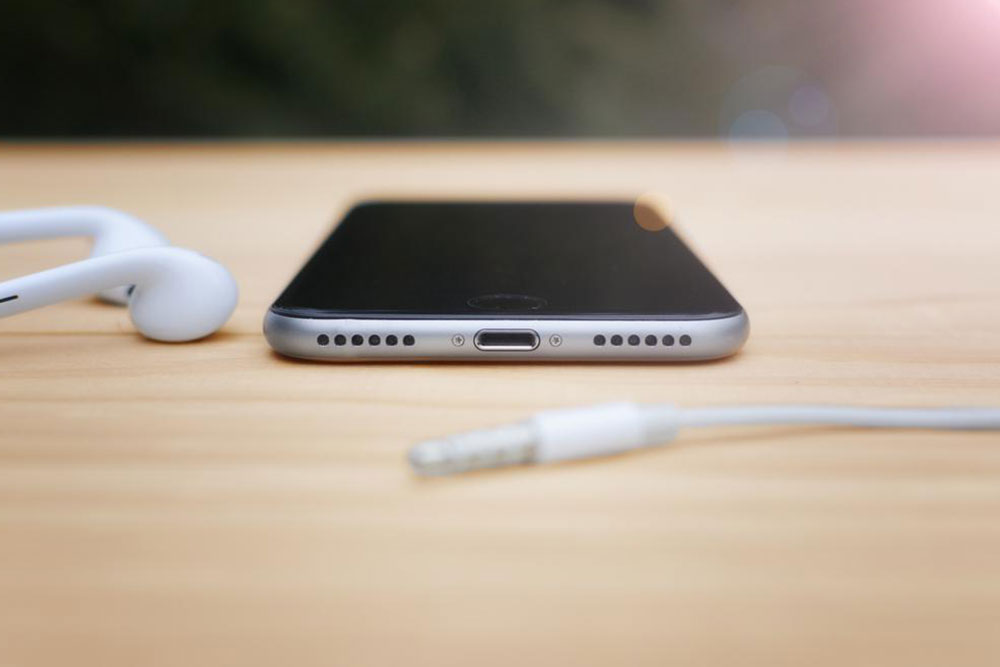Comprehensive Guide to the Best Windows Smartphones in Today’s Market
Explore the top Windows smartphones available in today’s market, from flagship models to budget options. Discover their key features, performance, and how they compare with Android and iPhone devices. Ideal for enthusiasts and professionals seeking a reliable Windows mobile experience.

Discover the Leading Windows Smartphones Available for Purchase Today
In the rapidly evolving world of mobile technology, Windows smartphones hold a unique place with their distinctive operating system and design. Despite facing stiff competition from dominant players like Android and iOS, Windows-powered phones continue to offer compelling features for users seeking a different experience. While their market share remains relatively small, Windows smartphones have carved out a niche by focusing on seamless integration, enterprise capabilities, and innovative hardware partnerships. This comprehensive guide explores the top Windows smartphones currently available, their key features, and how they compare to mainstream Android and iPhone models.
Over the years, the popularity of Windows phones has fluctuated due to various factors, including hardware limitations and updates. Nevertheless, Microsoft and its manufacturing partners like Nokia and HTC have persisted in enhancing their device lineup, aiming to deliver performance and reliability tailored for professionals and tech enthusiasts alike. The latest Windows smartphones showcase a mix of performance upgrades, improved camera systems, and user-friendly interfaces designed to attract a dedicated customer base. As the company continues to optimize its operating system and hardware integration, more innovative options are emerging on the market.
When evaluating Windows smartphones, several models stand out for their specifications, design, and value. Here are some of the most noteworthy options currently available:
Alcatel Idol 4S
The Alcatel Idol 4S is renowned for its robust performance and affordability. Powered by a Qualcomm Snapdragon 820 processor, this device delivers fast, smooth operation suitable for multitasking and media consumption. Priced under $500, it is considered an excellent option for Windows fans looking for high-value hardware. The Idol 4S features a vibrant display, decent camera capabilities, and a design that appeals to users seeking a sleek, durable phone with Windows OS at its core.
Acer Liquid Jade Primo
The Acer Liquid Jade Primo offers a compelling package with a 21-megapixel rear camera and 3GB RAM, positioning it as a strong competitor among flagship Windows phones. Although slightly more expensive than some alternatives, it emphasizes multimedia capabilities and enterprise features, aiming to attract professionals and power users. Its build quality and user interface reflect Acer’s commitment to delivering an engaging and reliable Windows smartphone experience.
Beyond these flagship models, the Windows phone lineup also includes more budget-friendly devices, although some are considered outdated by today's standards:
Blu Win Series
Devices such as Blu Win Jr. come with Windows 8.1, powered by Qualcomm Snapdragon 200 chipsets, with VGA front cameras, 5MP rear cameras, and 512MB RAM. While these models offer an affordable entry point into Windows smartphones, they are generally seen as less capable compared to newer models, especially regarding speed, camera quality, and software support.
Lumia 950 XL
Microsoft's flagship Windows device, the Lumia 950 XL, is well-regarded for its excellent battery life, capable of supporting extensive calls and usage throughout the day on a single charge. It boasts a pixel-rich display, solid camera performance, and Windows 10 Mobile, making it a preferred choice for users who prioritize longevity and stability in their devices.
When comparing Windows smartphones to other leading mobile devices, options like Google Pixel, Samsung Galaxy S8, and Moto E4 often come up due to their widespread popularity, cutting-edge features, and larger market share. On the other hand, premium iPhones such as iPhone 8 Plus and the newer SE models are recognized for their high-end build quality and seamless iOS experience, often commanding premium prices.
However, Windows smartphones face some limitations. Many run on Windows 8.1 or Windows 10 Mobile, and future software updates remain uncertain, which affects their long-term appeal and app ecosystem. Despite these challenges, Microsoft has been actively working to update and improve its platform. The Fall Creators Update and subsequent releases aim to introduce new features, improve security, and provide better compatibility with modern technology trends. These efforts reflect Microsoft’s commitment to maintaining a user base and providing a reliable mobile experience.
To summarize, Windows smartphones today offer a range of options from budget to flagship models, each with its unique strengths. While they may not match the popularity or software ecosystem of Android or iOS devices, they appeal to users seeking a different approach with features like enhanced enterprise integration, long battery life, and specialized hardware partnerships. Whether you are a Windows enthusiast, a professional, or simply exploring alternatives, understanding these devices and their capabilities can help you make an informed decision about your next smartphone purchase.





